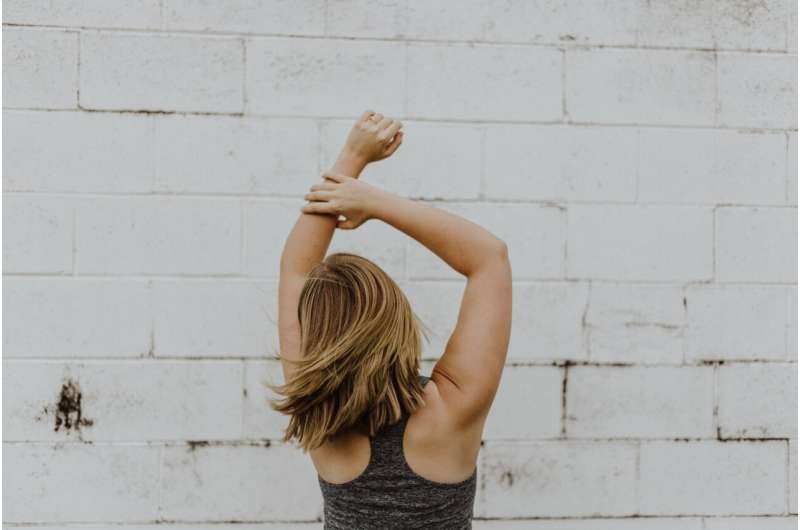
A recently published study authored by a pair of University of Saskatchewan (USask) researchers shows that reconstructive surgery after breast cancer treatment has a demonstrable impact on arm and shoulder function.
The results could improve post-surgery rehabilitation methods, or even influence the type of reconstructive surgery breast cancer survivors choose.
Dr. Angelica Lang (Ph.D.) and Dr. Soo Kim (Ph.D.), both from USask’s College of Medicine, co-authored the paper, published this month in Plastic and Reconstructive Surgery, the Journal of the American Society of Plastic Surgeons.
Lang, an assistant professor in college’s Canadian Center for Health and Safety in Agriculture (CCHSA), and Kim, a professor at the college’s School of Rehabilitation Science (SRS), studied the motion and functional abilities of 95 Saskatchewan women. Of those, 25 were in the control group, 25 had received a mastectomy only, and 45 had received a mastectomy with one of three types of reconstruction surgery.
“Women who had breast reconstructions showed movement patterns that were different from those who haven’t had reconstruction,” Lang said.
“These alterations are related to reduced functional abilities such as reaching and lifting, and potentially to the development of future shoulder injuries. It is important to understand these changes in order to restore shoulder function after breast cancer surgery.”
Study participants were outfitted with reflective markers on their torso and arms and were asked to perform a series of tasks while being monitored by specialized equipment.
The research conducted by Lang, Kim and their team showed that women who underwent breast reconstruction, using any of three common procedures, used their shoulder and arm muscles differently compared with those without breast cancer and those with mastectomy only.
The tasks used in the testing assessed overall upper limb functionality. Those who underwent reconstruction had lower functionality scores on several tests.
The authors conclude in the study that patients with breast cancer display body motion alterations after reconstructive surgery that may contribute to decreases in functional performance and create instability in the shoulder.
“We hope that this research will help to improve quality of life for breast cancer survivors,” Lang said. “By identifying and acknowledging the challenges they face after surgery, we hope that steps can be made to better rehabilitate their shoulder function.”
Despite a majority of patients with breast cancer being of working age, there have been no published studies on their shoulder kinematics—sometimes called the “geometry of motion”—during work-related function after reconstructive surgery.
Source: Read Full Article
